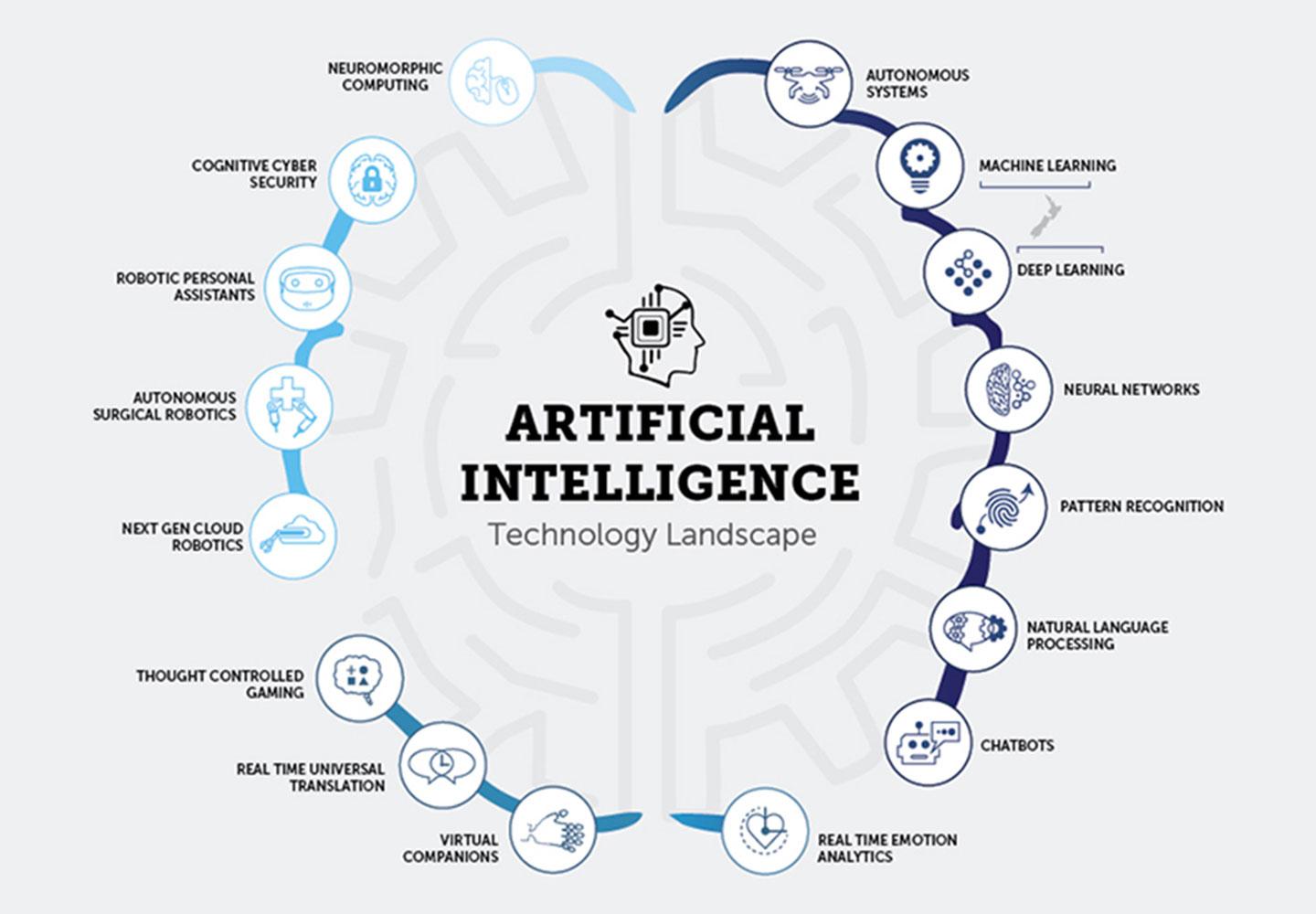Southeast Insights
Your go-to source for news and information from the vibrant heart of Shenyang.
Artificial Intelligence: Your Next Desk Buddy or Overzealous Boss?
Discover whether AI will be your supportive desk buddy or an overbearing boss. Explore the future of work in our latest blog!
How Artificial Intelligence is Transforming the Workplace: A Guide for Employees
Artificial Intelligence (AI) is revolutionizing the workplace by streamlining operations and enhancing productivity. Employees are increasingly witnessing the introduction of AI tools that automate repetitive tasks, allowing them to focus on more critical, creative aspects of their roles. This transformation not only boosts efficiency but also creates an opportunity for employees to upgrade their skill sets. For instance, AI-driven analytics tools can provide real-time insights, enabling teams to make more informed decisions and strategically align with organizational goals.
As AI continues to evolve, it is crucial for employees to embrace these technologies rather than fear them. Adopting a growth mindset will be essential in navigating this changing landscape. Companies are likely to invest in training programs to help team members understand and utilize AI effectively. By participating in these initiatives, employees can enhance their capabilities, making themselves more valuable in a competitive job market. Ultimately, the rise of AI in the workplace is not just about technology; it’s about fostering an environment of constant learning and adaptation.

Is AI Your Ultimate Productivity Partner or Just Another Distraction?
In today's fast-paced digital environment, the role of AI as a productivity partner is becoming increasingly significant. Many professionals are turning to AI tools for automation, data analysis, and even content generation, aiming to streamline their workflows and enhance efficiency. However, while AI has the potential to revolutionize productivity, it also poses the risk of becoming a significant distraction. The constant notifications and updates from various applications can lead to a fragmented focus, ultimately undermining the productivity these tools are meant to enhance.
It is essential for individuals and teams to strike a balance when integrating AI into their daily routines. Here are some strategies to ensure that AI remains a productivity partner rather than a distraction:
- Set clear boundaries on when and how to use AI tools.
- Utilize features that minimize interruptions, such as 'do not disturb' modes.
- Regularly assess the impact of AI on your productivity metrics.
By effectively managing these tools, you can harness the power of AI to boost your productivity while keeping distractions at bay.
Navigating the Fine Line: When AI Enhances Collaboration and When It Takes Over
Ada Lovelace once said, "The science of operations, as derived from mathematics more especially, is a science of patterns." In today's digital landscape, artificial intelligence (AI) has become a powerful tool that enhances collaboration in various fields. By automating repetitive tasks and analyzing vast data sets, AI enables teams to focus on strategic decision-making and creative problem-solving. For instance, AI-driven tools can streamline communication, facilitate project management, and provide valuable insights, thus fostering a more collaborative atmosphere where human creativity can thrive.
However, as we embrace AI's potential, we must also be cautious of its capacity to take over essential aspects of teamwork. When AI systems start making decisions autonomously, there is a risk that they may overshadow the human element of collaboration. This can lead to a disconnect between team members and a reliance on AI-generated solutions rather than fostering meaningful discussions and exchanges of ideas. To truly reap the benefits of AI, organizations must strike a balance between utilizing technology as an enhancement for collaboration and maintaining the irreplaceable value of human input in the creative process.